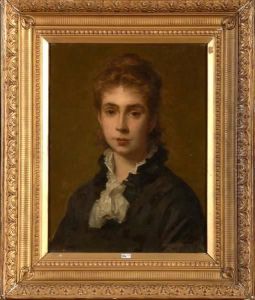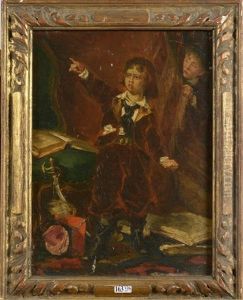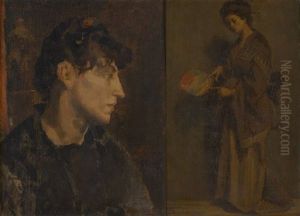Edouard Agneessens Paintings
Edouard Agneessens was a Belgian painter, born in Brussels in 1842 and died in 1885. He belonged to the 19th-century European art movement, focusing on realism and later incorporating elements of impressionism. Agneessens received his artistic training at the Académie Royale des Beaux-Arts in Brussels, where he was influenced by the works of the Old Masters and contemporaneous Belgian artists who were centered around realism and the meticulous depiction of human figures and landscapes.
Agneessens' career was characterized by his dedication to portraiture, through which he sought to capture the essence and dignity of his subjects. His portraits are noted for their depth of emotion, nuanced use of light and shadow, and the detailed rendering of textures and fabrics. These works earned him considerable acclaim during his lifetime, allowing him to build a distinguished clientele that included members of the Belgian aristocracy and bourgeoisie.
In addition to portraiture, Agneessens occasionally ventured into historical and genre painting, applying his keen observational skills and realist approach to scenes of everyday life and moments from history. Despite this diversification, it was his portraits that remained the most sought after and celebrated.
Agneessens' style evolved over the course of his career, showing an increasing interest in the effects of light and atmosphere, which suggests an awareness of and experimentation with the emerging principles of Impressionism. However, he remained committed to realism, and his works continue to be appreciated for their clarity, depth, and emotional resonance.
The artist's life was cut short when he died in 1885 at the age of 43. Despite his relatively brief career, Edouard Agneessens left behind a legacy that has been revered in Belgian art history. His contributions to the field of portraiture and his exploration of the nuances of human expression have continued to be celebrated and studied by art historians and enthusiasts alike.
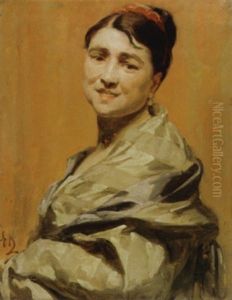

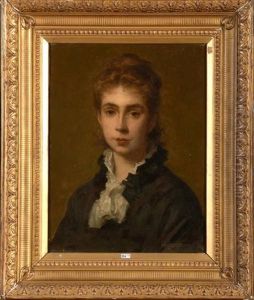
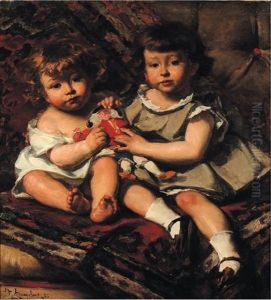



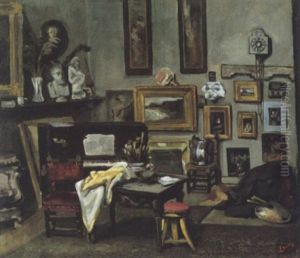
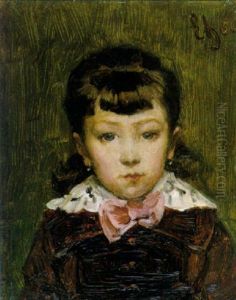

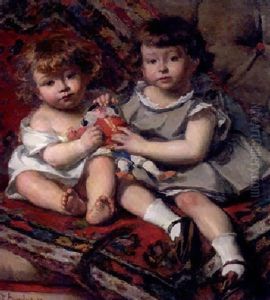




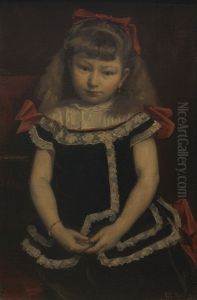

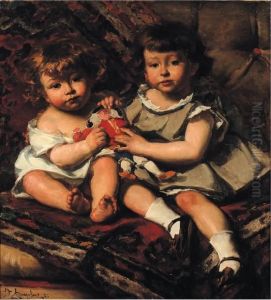
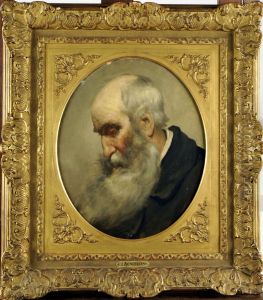


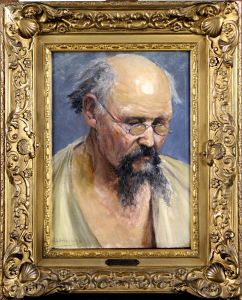
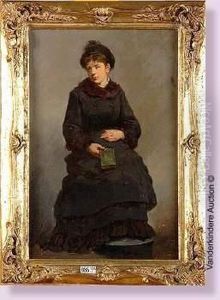
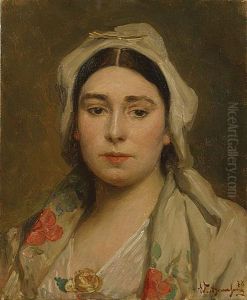
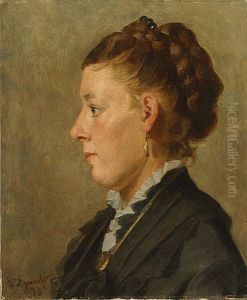
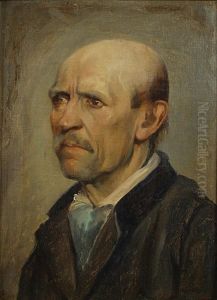

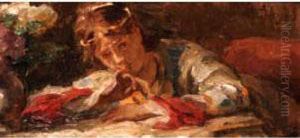

![Nature Morte Aux Fleurs]](https://www.niceartgallery.com/imgs/1139448/s/edouard-agneessens-nature-morte-aux-fleurs-b3273ee9.jpg)
